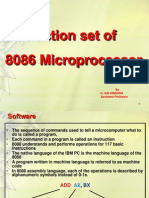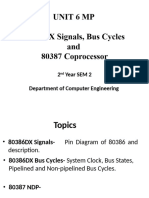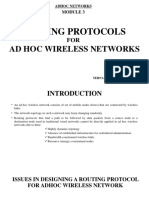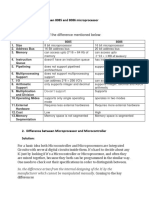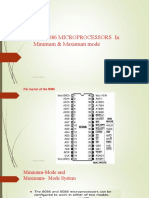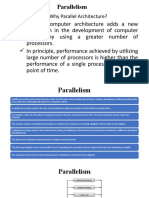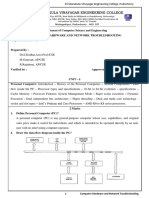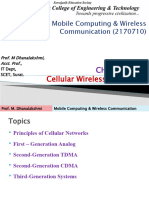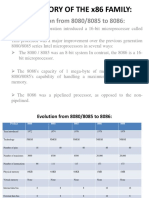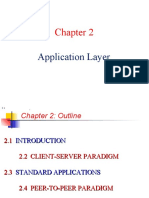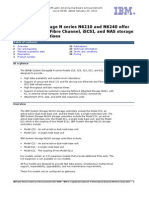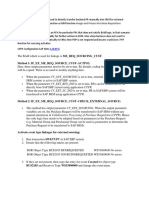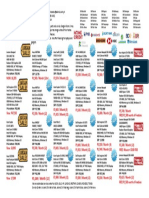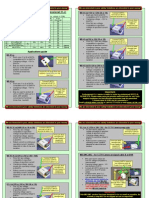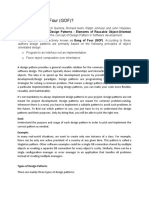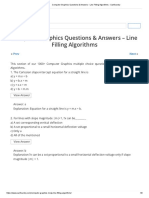0% found this document useful (0 votes)
238 views92 pagesPPT-Application Layer
The document discusses various standard client-server applications used on computer networks including the World Wide Web and HTTP, FTP, electronic mail, and TELNET. It provides details on the architecture, protocols, message formats, and commands used for each application. Key points covered include how HTTP uses URLs and handles requests and responses, how FTP establishes two connections for control and data transfer, the role of SMTP, POP, and IMAP in electronic mail, and how TELNET allows users to log into remote servers.
Uploaded by
Saquibh ShaikhCopyright
© © All Rights Reserved
We take content rights seriously. If you suspect this is your content, claim it here.
Available Formats
Download as PDF, TXT or read online on Scribd
0% found this document useful (0 votes)
238 views92 pagesPPT-Application Layer
The document discusses various standard client-server applications used on computer networks including the World Wide Web and HTTP, FTP, electronic mail, and TELNET. It provides details on the architecture, protocols, message formats, and commands used for each application. Key points covered include how HTTP uses URLs and handles requests and responses, how FTP establishes two connections for control and data transfer, the role of SMTP, POP, and IMAP in electronic mail, and how TELNET allows users to log into remote servers.
Uploaded by
Saquibh ShaikhCopyright
© © All Rights Reserved
We take content rights seriously. If you suspect this is your content, claim it here.
Available Formats
Download as PDF, TXT or read online on Scribd
/ 92
